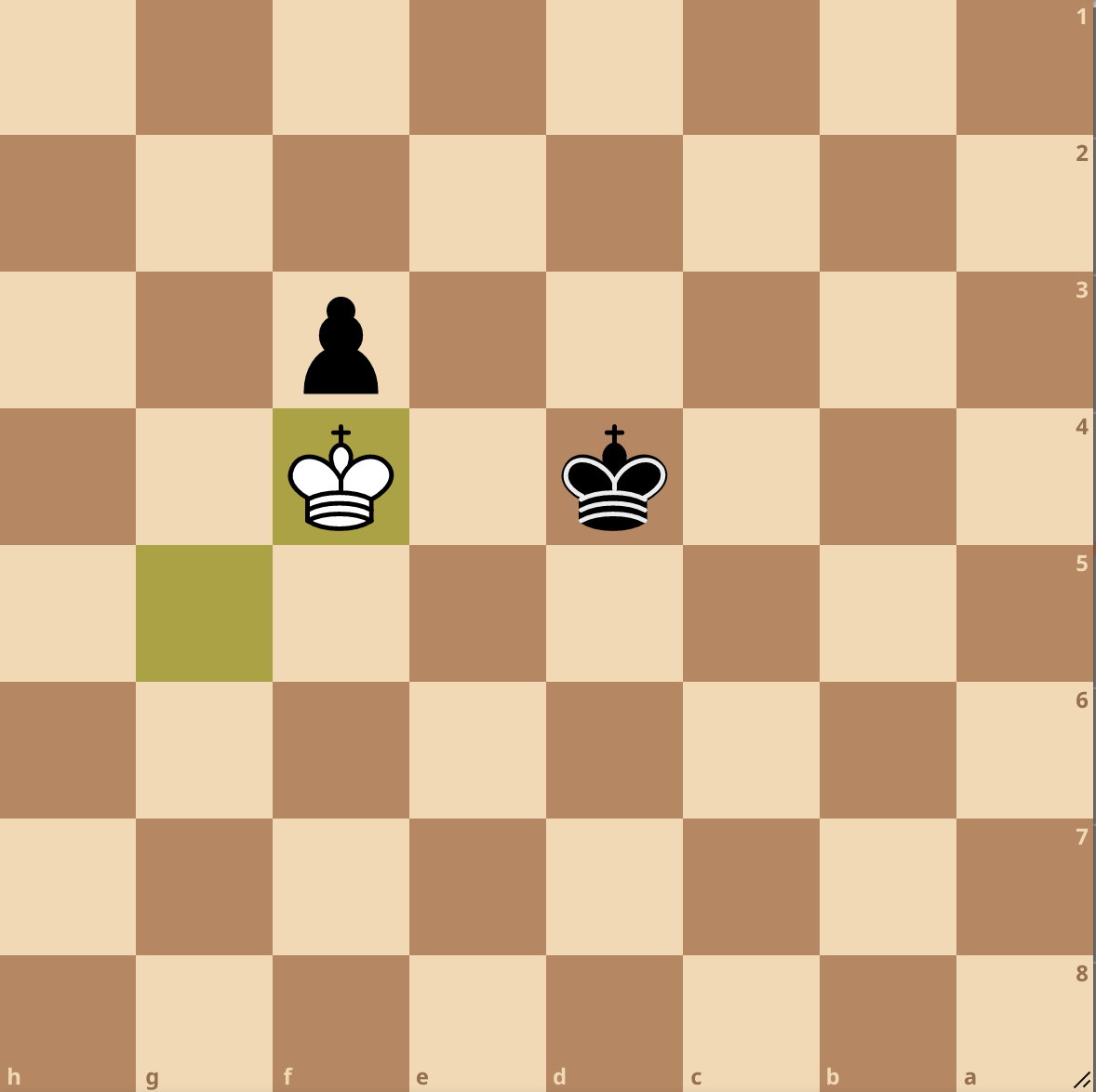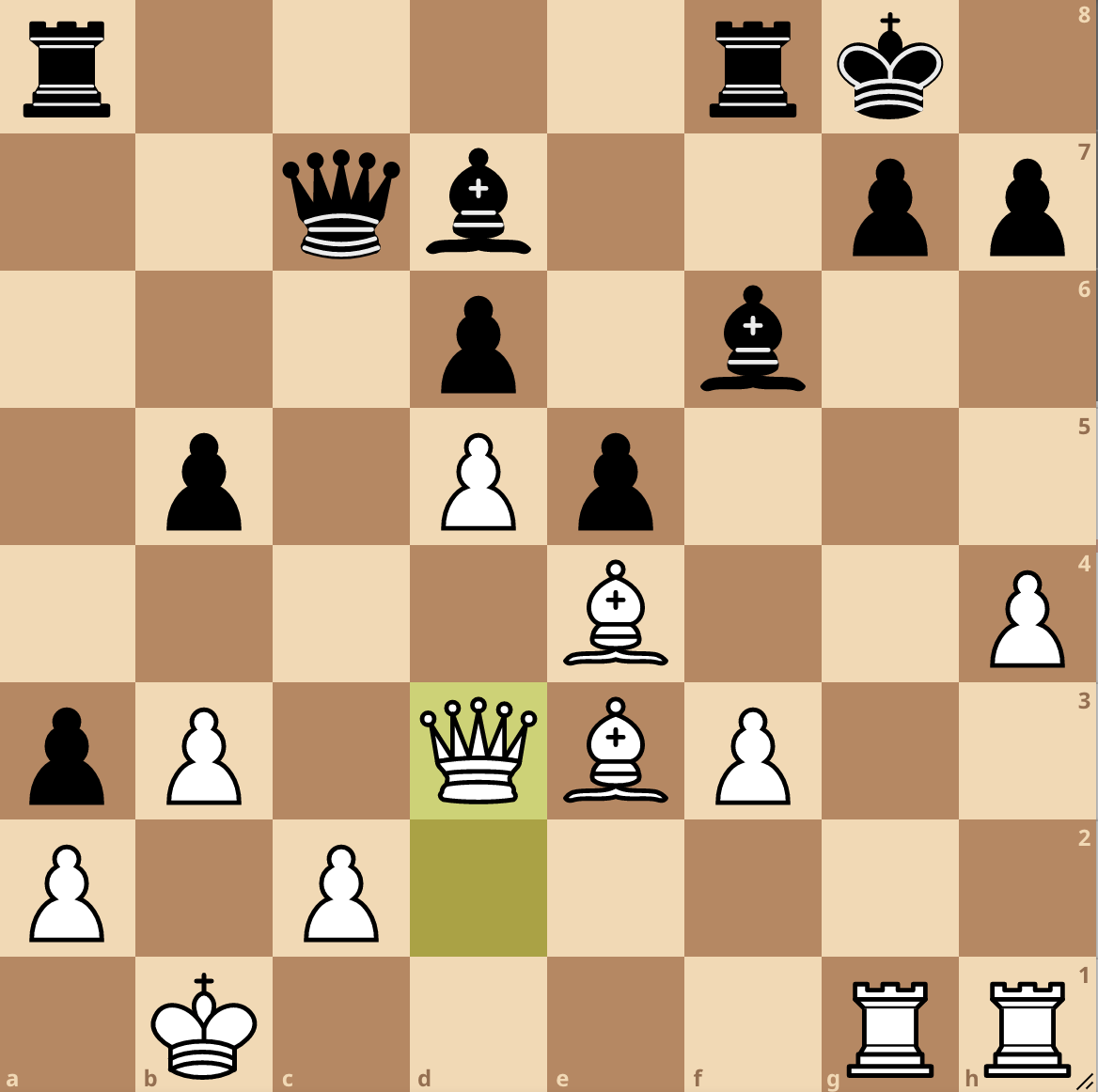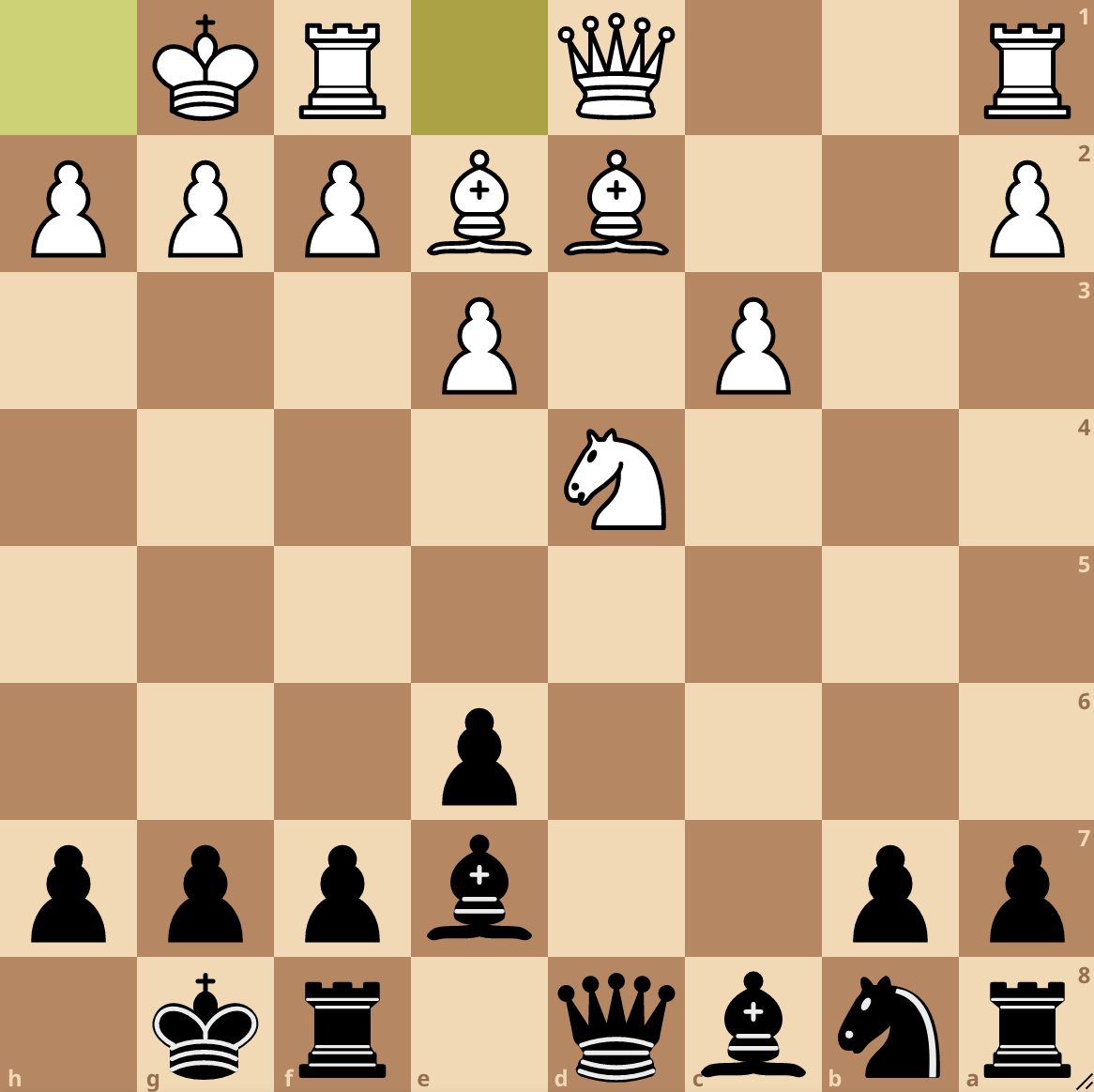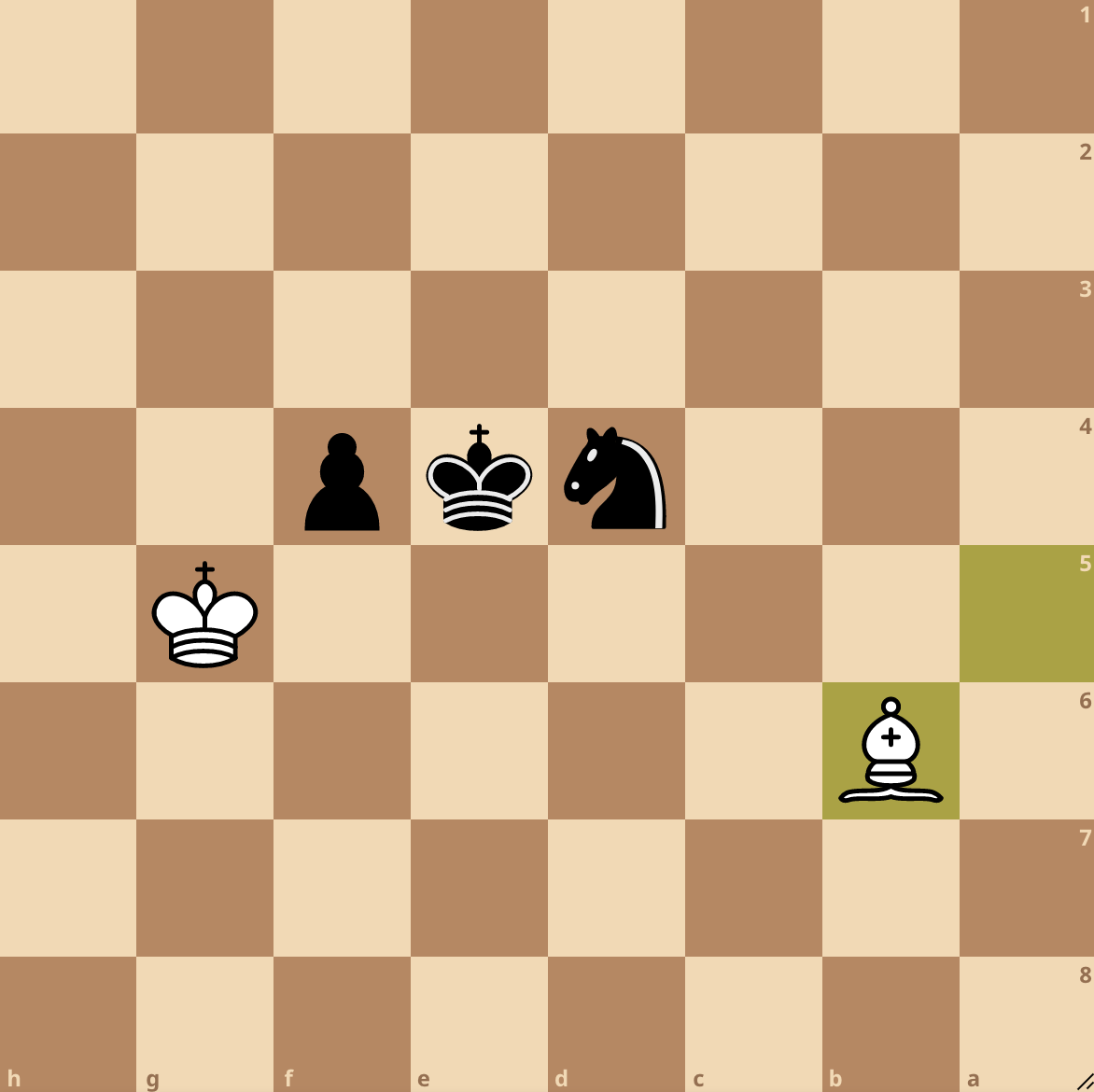How did I miss that??
Headslappers: The low-hanging fruit of chess improvement
I was certain I was winning a pawn in this position.
Black’s pawn on h7 is attacked twice and defended once. They don’t have a way to defend it a second time. And if they move it to h6, Bxh6 wins it.
To my surprise, my opponent played a legal move that saved the pawn, and that I had not considered at all. They moved the pawn to h5.
What a weird thing to miss. I know the rules of chess. I know that a pawn can move either one or two squares forward on its first move. But something went awry in the part of my brain that comes up with candidate moves in a chess position, and it didn’t find that one.
And this is a big key to chess improvement. I analyzed my games and didn’t just find tactics I missed or strategies I should’ve pursued. I found really dumb things I was missing, like h5 in that position.
I’m calling these 🤦♀️ headslappers 🤦♂️. Moves, or aspects of a position, that are obvious to you when pointed out (either by your opponent refuting your plan, or by your coach, or by Stockfish, or by any other source), but were not obvious to you in the moment. Headslappers are the low-hanging fruit of chess improvement, because when you discover one, it means you’re almost there. You’ve done the hard work of learning a chess concept. You just have to think of that concept at the right time.
A focus on headslappers was a big part of the rise in my USCF rating from the 1500s to the 1800s. They are something you can’t learn from books or Chessable courses, because they are specific to you. I am cataloguing some of mine in this post in the hopes that they can help others.
So anyway, back to that position above. Headslapper #1: A pawn move two squares forward in front of a castled king is unusual, but it’s legal.
Here’s another.
This position came up in my first ever tournament game against a FIDE master. I actually had an advantage out of the opening, and would’ve kept it if I played the right move here. That move, which was pointed out by Stockfish, is e5. It’s obvious to me after the fact why it’s good. It frees my light-squared bishop and gains space in the center, and it comes with a tempo on the white knight. But I didn’t consider it at all. I was stressed about my lack of queenside development, and focused only on that.
Headslapper #2: Moving a pawn to the fourth rank in two moves instead of one is usually bad. But sometimes it’s good.
This one, where I had black, happened to me at a tournament just yesterday.

In the position on the top, I considered the candidate move 1…f3, but decided to move the knight instead because I calculated to the position on the bottom and reasoned that my king could not defend the pawn. Of course, it’s headslappingly obvious that the king does not need to defend the pawn. The pawn can be promoted without help.
Headslapper #3: The opposing king is not fast enough to catch a pawn it is behind (sometimes I am tempted to add “you idiot” at the end of these).
Last one:
I played Bg5, reasoning that I was preventing black from castling by tying the king down to the defense of the e7 pawn. I felt very dumb when my opponent played Nf6, improving the position of their knight and rendering my move completely useless.
What happened here is that I made an error of shallow calculation, similar to the headslapper depicted in my previous post. When considering 1.Bg5, I considered the response …f6, and decided that would be good for me. But I didn’t consider any other responses. Luckily I didn’t lose a piece this time.
Headslapper #4: Consider all your opponent’s reasonable responses to your candidate move, not just the first one that pops into your head.
I’m pretty sure I’ve read this piece of advice before. But I probably laughed it off and said “I’m not some low-Elo beginner. I don’t have this problem”. This is why tournament experience is so important. It shows you the problems you actually do have.
What headslappers have you encountered in your games?





Hi. I’m 20 years older than you and trying to do the same - 1500 to 1800. I assume you put these into a lichess study? How often to you review them ?